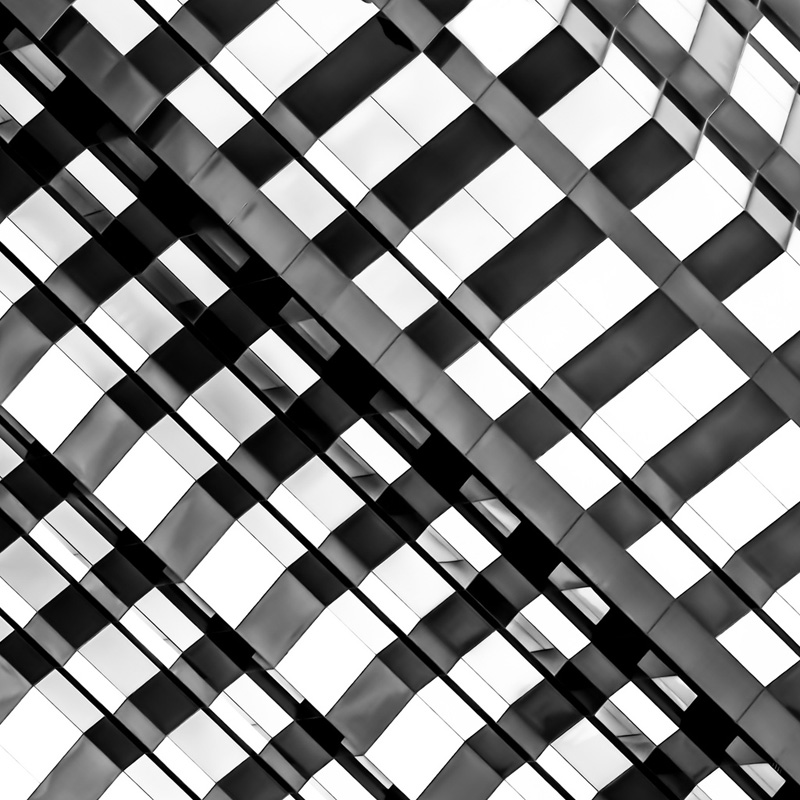A duração e as relações de identidade, expansão e condensação: um olhar sobre a programação textual no discurso cinematográfico
DOI:
https://doi.org/10.11606/issn.1980-4016.esse.2010.49257Palavras-chave:
programação textual, duração, tempo, análise de filmesResumo
O cinema é uma arte que oferece na representação da realidade a possibilidade de manifestar uma rede de manipulações temporais singular. Em suas narrativas, muitos diretores, roteiristas e criadores exercem o fascínio de poder manipular a categoria do tempo. Às vezes, tal empreitada parece não ter limites. Uma das possibilidades está centrada em um processo de semiotização da duração entendido como a programação textual do tempo cinematográfico. Se para a semiótica francesa a programação temporal está vinculada ao plano do conteúdo, a programação textual, por sua vez, vincula-se ao plano da expressão e, dessa maneira, cria uma rede de efeitos de sentido que tem por mérito estabelecer, com a duração pressuposta no discurso cinematográfico, relações de identidade, de expansão ou de condensação temporais. Portanto, a programação textual diz respeito à manifestação da duração no texto. Todos os acontecimentos discursivizados apresentam uma duração e ela pode ser manifestada, no texto, nesses três modos distintos: identidade, expansão e condensação. Uma das ferramentas teóricas visando a auxiliar o analista de filmes está, a nosso ver, no campo da semiótica discursiva de Greimas. É no interior da discursivização semiótica que podemos melhor perceber e conseguir entender o tempo cinematográfico. O que se pretende aqui é verificar como o processo da programação textual ocorre na diegese fílmica, adotando como diretriz principal de trabalho a proposta de Fiorin (1996) sobre as categorias da enunciação e os seus desdobramentos semióticos. Tais desdobramentos são verificados no âmbito do discurso cinematográfico .Downloads
Os dados de download ainda não estão disponíveis.
Downloads
Publicado
2010-06-07
Edição
Seção
Artigos
Licença
Os trabalhos publicados na revista Estudos Semióticos estão disponíveis sob Licença Creative Commons CC BY-NC-SA 4.0, a qual permite compartilhamento dos conteúdos publicados, desde que difundidos sem alteração ou adaptação e sem fins comerciais.
Como Citar
Silva, O. J. M. da. (2010). A duração e as relações de identidade, expansão e condensação: um olhar sobre a programação textual no discurso cinematográfico. Estudos Semióticos, 6(1), 35-45. https://doi.org/10.11606/issn.1980-4016.esse.2010.49257






